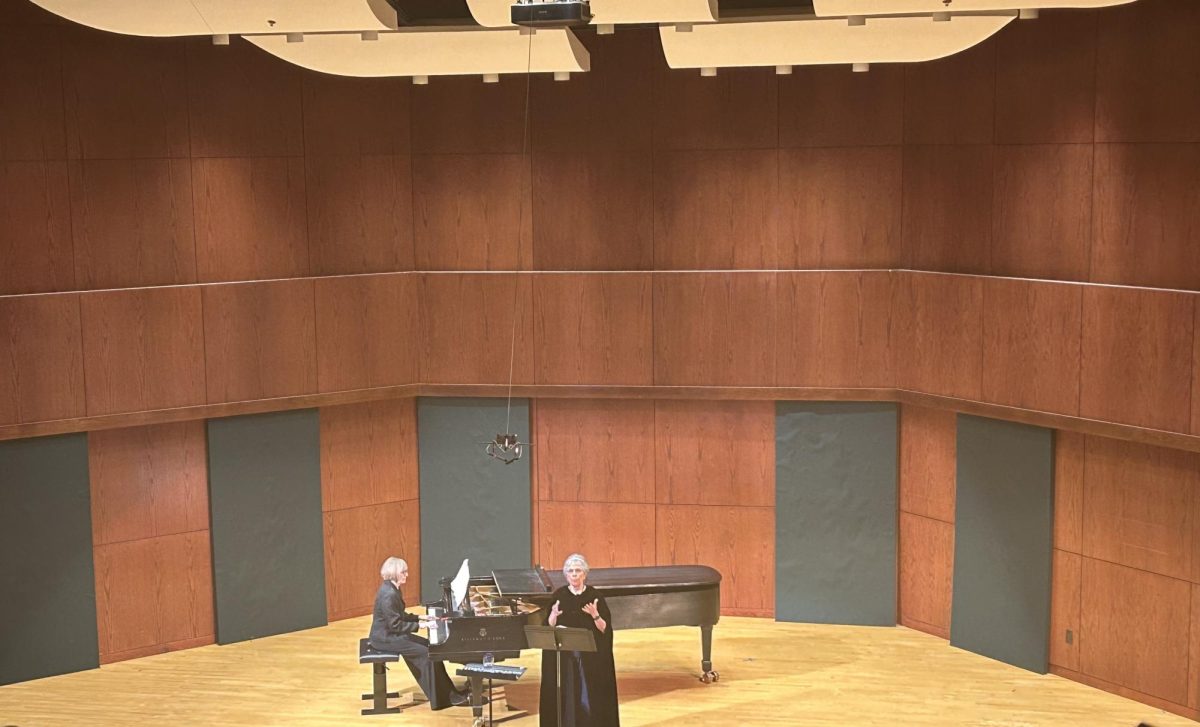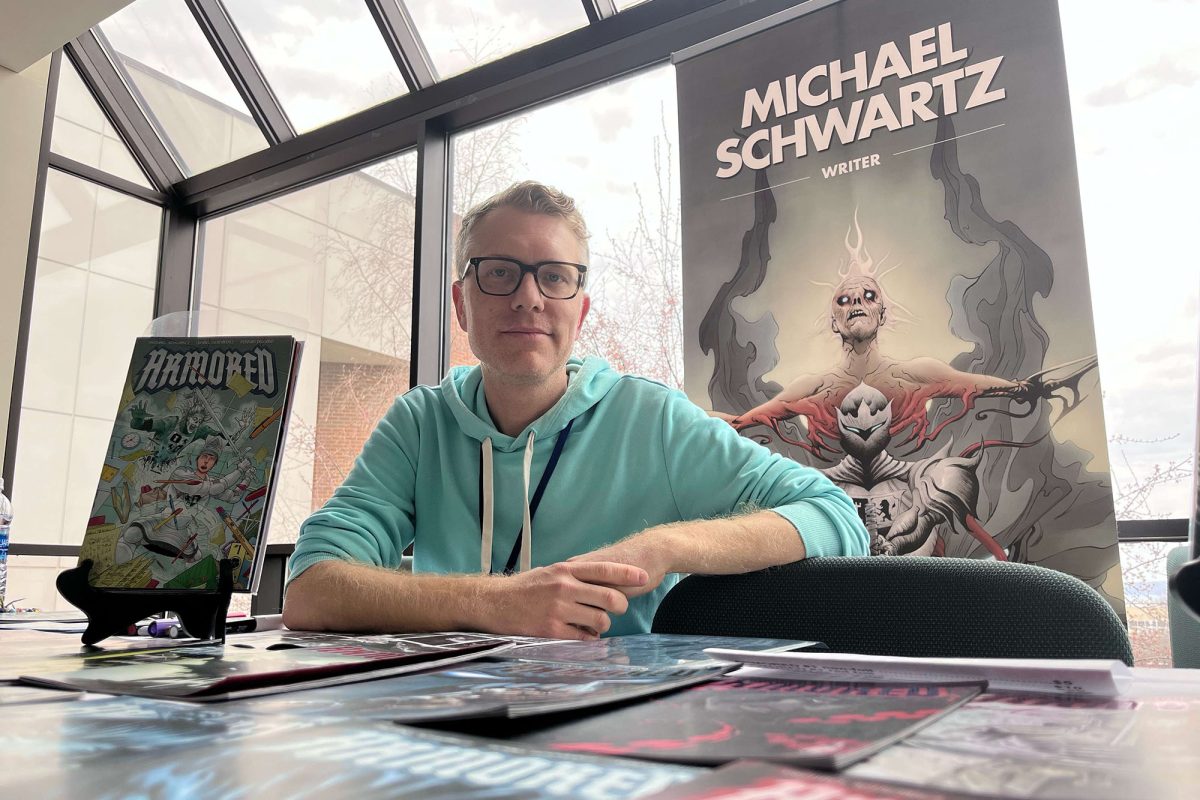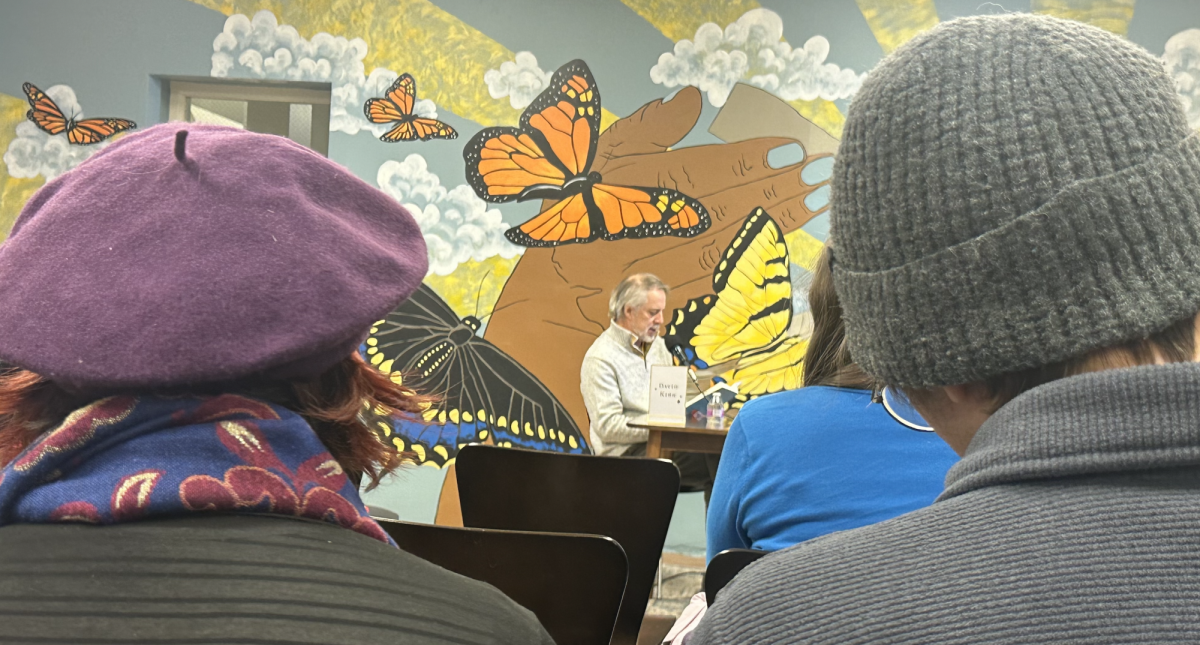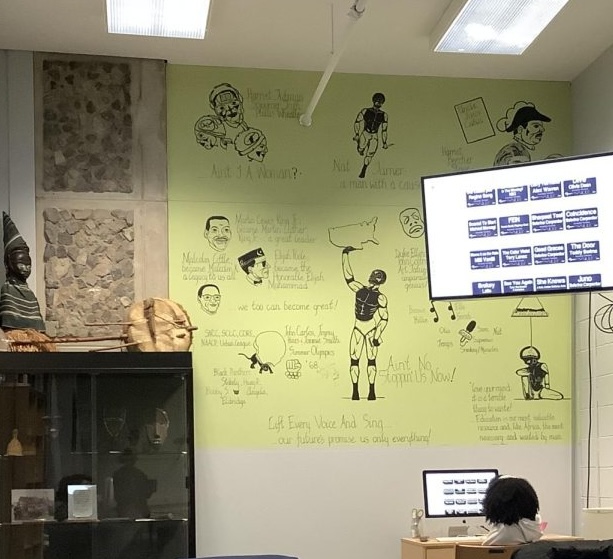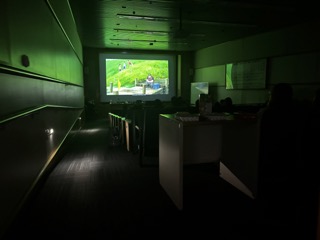As a new mother, Debra Lewis began to realize how expensive quality toys were. She previously lived in Rochester, N.Y. and remembered the city had a resource that loaned toys to families in need. Lewis thought a toy-lending service could thrive in a place like Ithaca, and it led her to co-found the Finger Lakes Toy Library.
The Finger Lakes Toy Library
After opening in June 2017, the Toy Library has grown exponentially in the number of toys and families enrolled in the program. Amber Smith, co-founder and volunteer at the Library, said they hoped to have 100 families registered with memberships within the first year and that goal was accomplished in the first 8 months.
Today, the Library serves approximately 250 families and over 500 children in the community. To enroll in a membership, families must show proof of address and identity but are otherwise free to borrow toys – no questions asked.
Emily Art, director of operations, said the Library was created to serve children and bring together families from different backgrounds to celebrate the universal language of play.
“Some members come to save money, some come to participate in a culture of reuse, some come to meet other families, and many come for all these reasons and more,” Art said.
Cecile, a mother of three, has been coming to the Library for about a year, and her family often likes to borrow toy trucks and board games. She said she feels lucky to have a space like the Library where she and her children can have fun.
“Coming here is just great because you can access a bunch of new and quality toys, and you can just play with them for a little while and bring them back,” Cecile said.
She also helps the Library during “playtimes,” events in which a number of the toys are brought to another location, such as public libraries or schools, and the public is invited to come and play.

The Toys
The Library houses over a thousand toys in its collection, Smith said, and 95% of the toys are donated by the public. A small portion of toys is also acquired through grants.
“Generally, gently used toys that families have outgrown and no longer have a need for,” Smith said. “We’re really, really grateful to the community for everything they’ve given us. We’ve got some fantastic toys that are better than we could have imagined.”
Toys at the Library include blocks, puzzles, dolls and board games. Smith said a unique philosophy at the Library is that nearly all of the toys are non-battery-powered and are not associated with any popular media. She said children are encouraged to use their imagination and play with toys that do not already have storylines and personalities attached to them.
Smith also said while the Library has an immense amount of toys lined along its shelves, the space itself is rather small and not exactly conducive for play. She hopes the Library will eventually be moved to a larger facility.
“It’s not actually a great environment for play because it’s just so overwhelming,” Smith said. “We really could offer the community so much more if we had more room.”

History of Toy Libraries
Toy Libraries emerged in the United States in the 1930s during the Great Depression, when families could not afford to buy toys for their children. The value of play in early childhood development was an idea that got pushed aside in many impoverished communities. In 1935, the first toy library in the U.S. was established in Los Angeles, Calif.
Toy libraries were much more prominent in other parts of the world like Europe and Canada, but more and more contributing factors led to the growth of toy libraries in the U.S. Children with disabilities needed special quality toys for play and learning. Stay-at-home moms and other caregivers needed materials to entertain and educate their children. And public libraries began loaning toys to children and families similarly to book loans.
In 1985, the USA Toy Library Association (USATLA) was formed to further the efforts of toy libraries around the country and educate communities on the values of play and toy-lending.
Today, USATLA represents approximately 400 libraries in 31 states, and it is also associated with larger, international toy library groups. The Association hosts conferences, aids caregivers in childhood development and provides resources for supporting and sustaining toy libraries.
Judith Lacuzzi, executive director of USATLA, said the Association is currently creating an online course on how to start a toy library, and the program is expected to launch in Spring 2020.


